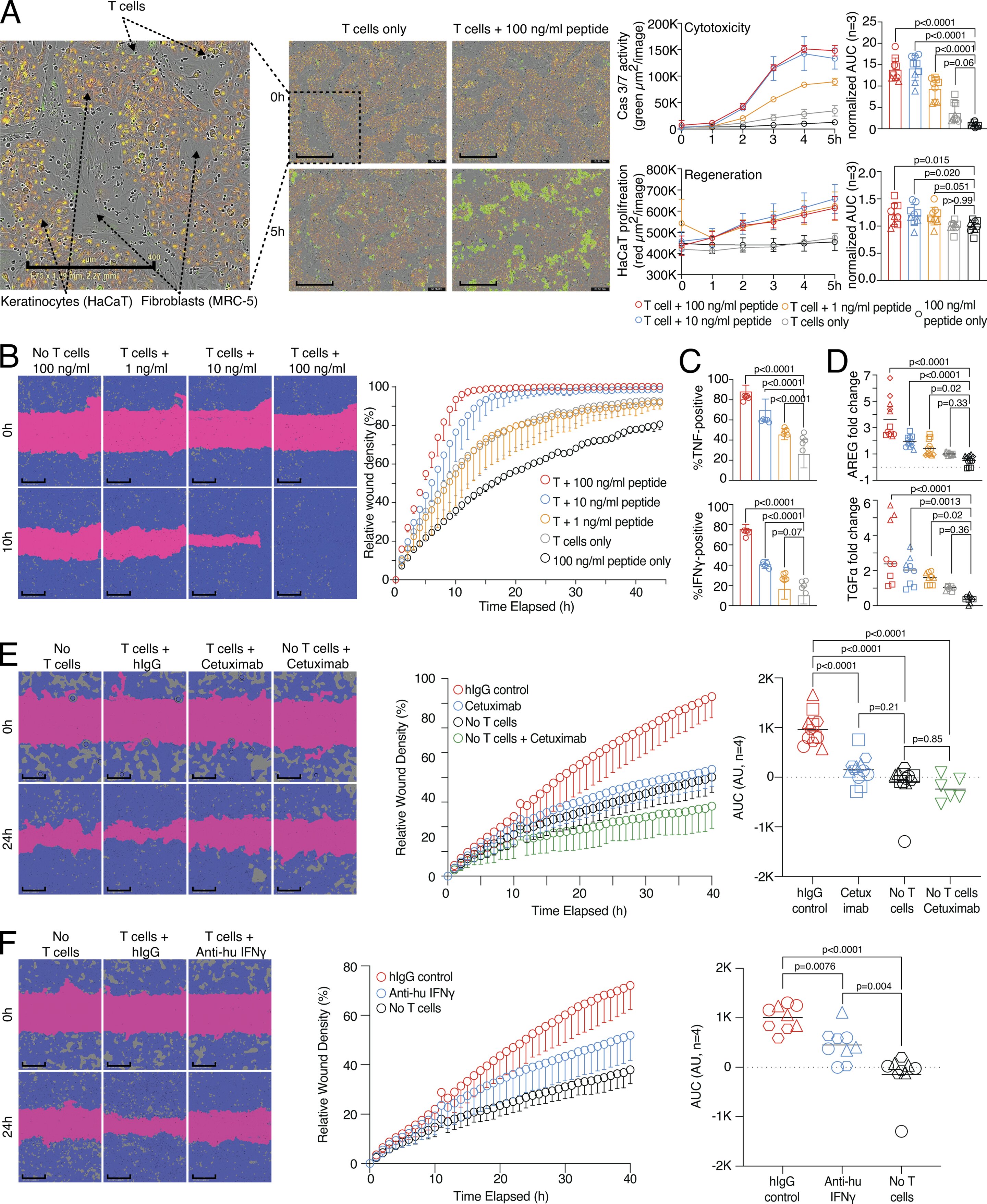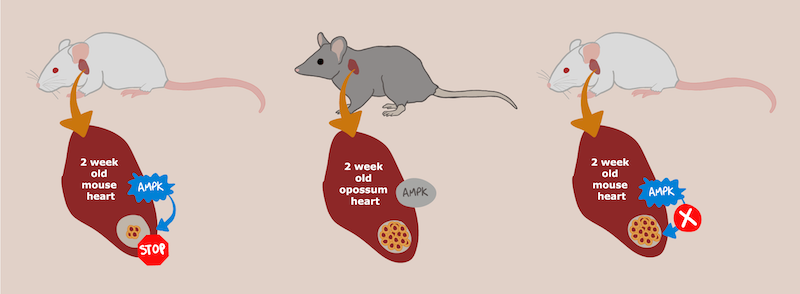
tissue regeneration tagged posts


Wataru Kimura and colleagues at the RIKEN Center for Biosystems Dynamics Research (BDR) in Japan have discovered how the hearts of newborn marsupials retain the ability to regenerate for several weeks. Using this knowledge, the team was able to repair mouse hearts that were damaged a week after birth. The findings, published in the journal Circulation, are expected to contribute to the development of regenerative heart medicines.
Heart disease is a leading cause of human death and is associated with numerous other secondary illnesses. For humans and other mammals, damaged heart muscle—such as occurs after a heart attack—cannot be naturally repaired because matured heart-muscle cells do not regenerate...
Read More
Mice that mimic Alagille syndrome are born without the branches of the biliary tree (A), but show a near-normal appearing biliary system at adult age (B). To build the missing branches, liver cells switch identity and form tubes, shown in green, that connect to the trunk of the biliary tree, shown in blue (C). The images are part of a study about liver regeneration published in Nature by scientists at Cincinnati Children’s and the University of California San Francisco. Credit: Cincinnati Children’s
By studying a rare liver disease called Alagille syndrome, scientists from Cincinnati Children’s and the University of California San Francisco (UCSF) have discovered the mechanism behind an unusual form of tissue regeneration that may someday reduce the need for expensive and difficult-to-obta...
Read More
Tests showed that subcutaneous implants, left, of a hydrogel developed at Rice University encouraged blood vessel and cell growth as new tissue replaced the degrading gel. Credit: Hartgerink Research Group/Rice University
A synthetic, injectable hydrogel developed to deliver drugs and encourage tissue growth turns out to have therapeutic properties all its own. Researchers in the Rice lab of chemist and bioengineer Jeffrey Hartgerink had just such an experience with the hydrogels they developed as a synthetic scaffold to deliver drugs and encourage the growth of cells and blood vessels for new tissue.
To do so, they often tested the gels by infusing them before injection with bioactive small molecules, cells or proteins...
Read More






Recent Comments